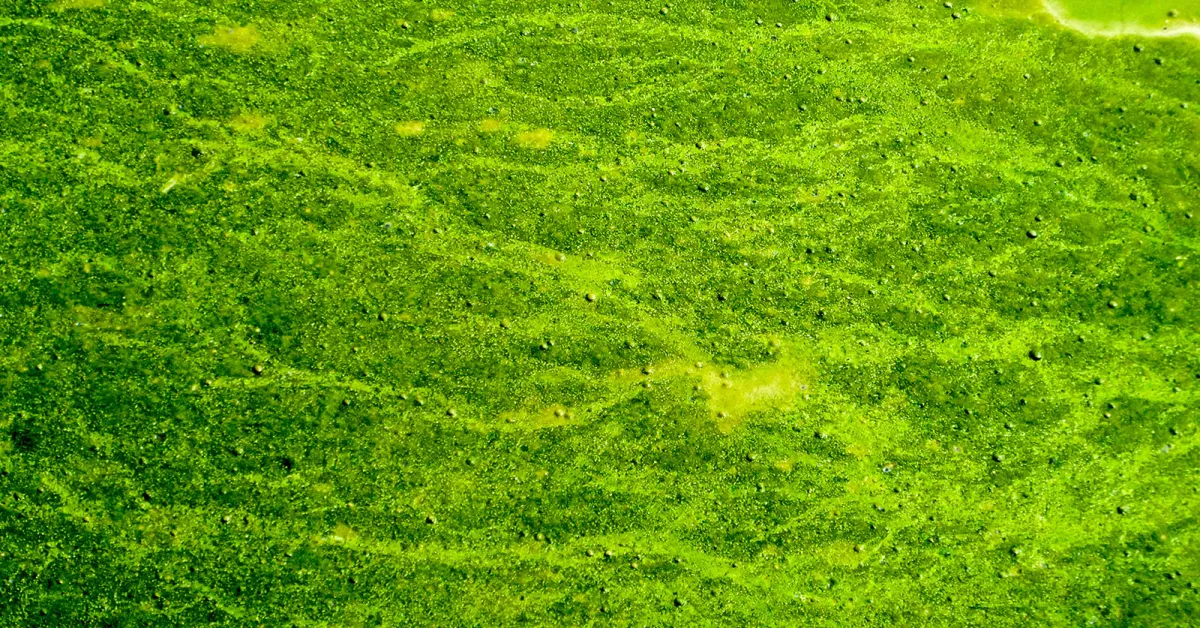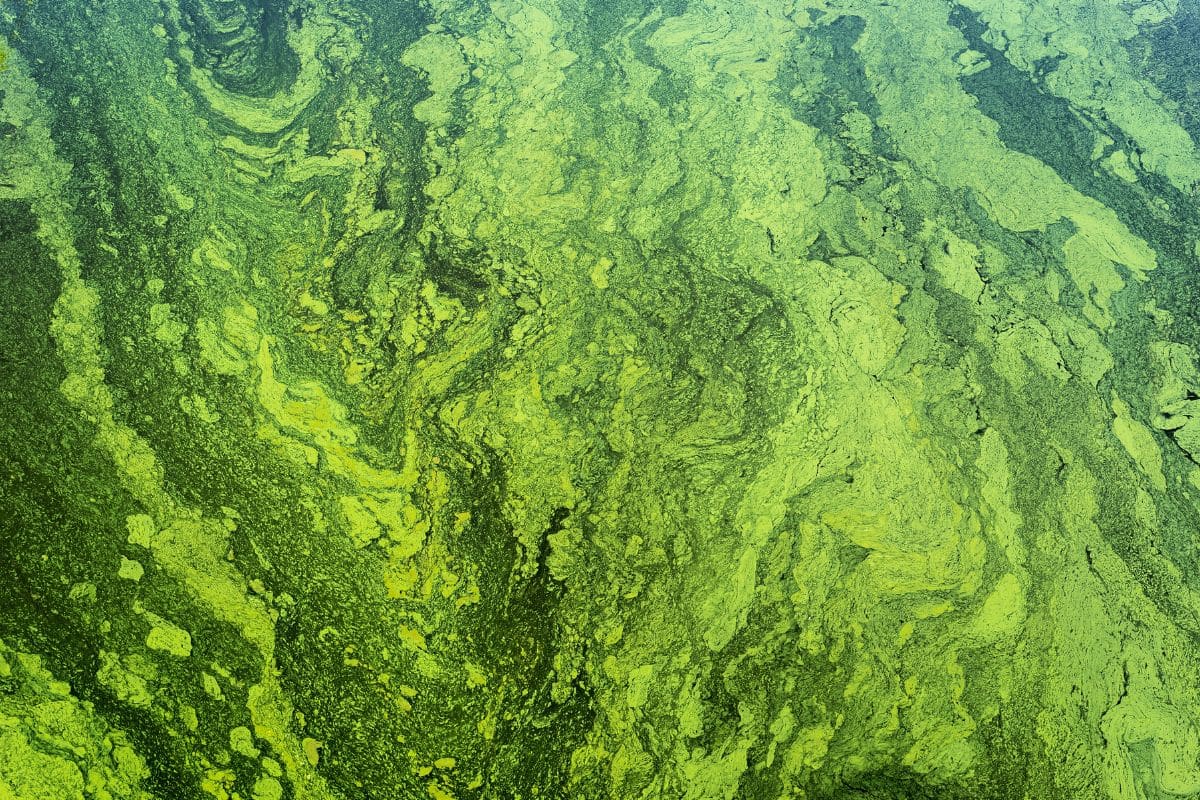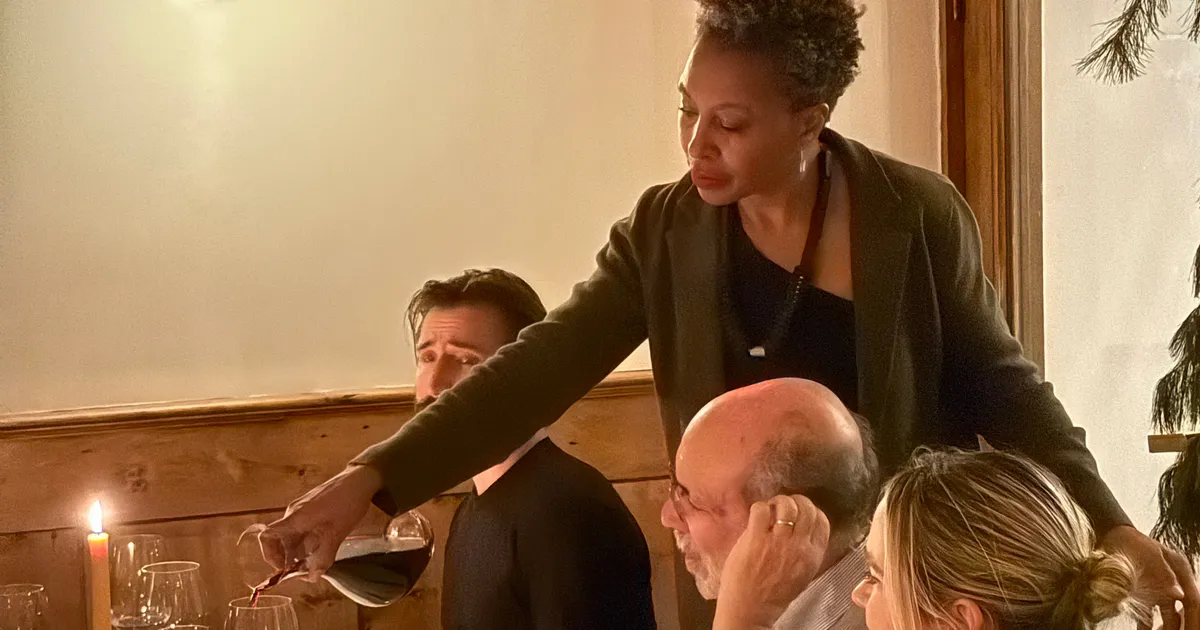At the bottom of the Baltic Sea, hidden beneath dense layers of sediment, researchers have discovered and revived ancient phytoplankton that had been dormant for approximately 7,000 years. These organisms were recovered during a 2021 scientific expedition to the Eastern Gotland Deep, about 240 meters below the sea surface.
The algae, trapped in a low-energy dormant state due to the absence of light and oxygen, are among the oldest algae ever successfully reawakened. Their survival in such extreme and nutrient-deprived conditions sheds new light on the resilience of microscopic marine life,
Dormant for Millennia, Ancient Algae Revive with Modern-Like Growth and Photosynthesis Rates
Dormancy is a survival strategy used by many life forms—from simple bacteria to complex mammals—enabling them to endure harsh environmental conditions. In the case of phytoplankton, when the environment becomes too cold, dark, or nutrient-poor, they essentially shut down their metabolic processes and wait for more favorable conditions. The Baltic Sea algae had been in this suspended state for thousands of years, only to be revived recently by scientists in laboratory conditions.

What astonished researchers wasn’t just the survival of the algae, but how effectively they bounced back to life. Once revived in the lab, the ancient algae exhibited growth and photosynthesis rates nearly indistinguishable from modern strains.
Even after millennia without light or nutrients, the algae cells began dividing and producing oxygen, demonstrating an extraordinary level of biological robustness. This revival is part of a broader scientific field known as “resurrection ecology,” where ancient organisms are reanimated to understand past ecosystems.
Genetic Time Capsules Reveal Algae Evolution Across Baltic Sea’s Changing Environmental History
The sediment cores containing the ancient algae also preserved vital information about the Baltic Sea’s environmental history. Genetic analysis of the revived algae, known scientifically as Skeletonema marinoi, revealed distinct evolutionary groups that correspond to different historical periods.
These findings confirmed not only the authenticity of the samples but also illustrated how algae populations have genetically adapted to changing environmental conditions like shifts in temperature, oxygen levels, and salinity over millennia.
Led by biologist Sarah Bolius and supported by the PHYTOARK research initiative, this groundbreaking study enables what scientists call “time-jump experiments.” Instead of relying solely on fossils or genetic remnants, researchers can now use living organisms to directly observe ecological changes across vast time scales.
Current experiments aim to understand how climate change has influenced marine ecosystems—and continues to do so. Such insights may even support more ambitious revival projects in the future, including the reintroduction of extinct species like the woolly mammoth.


